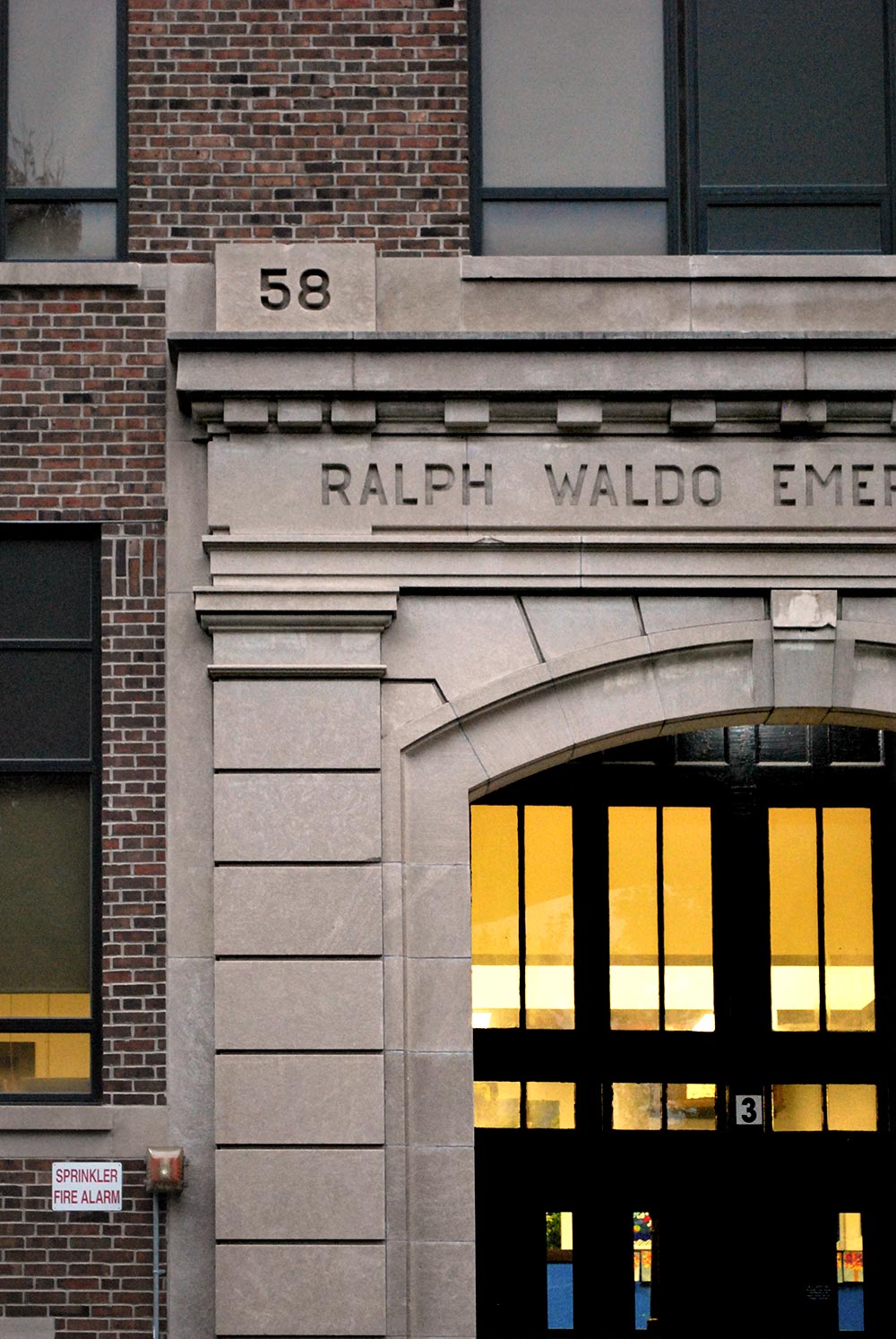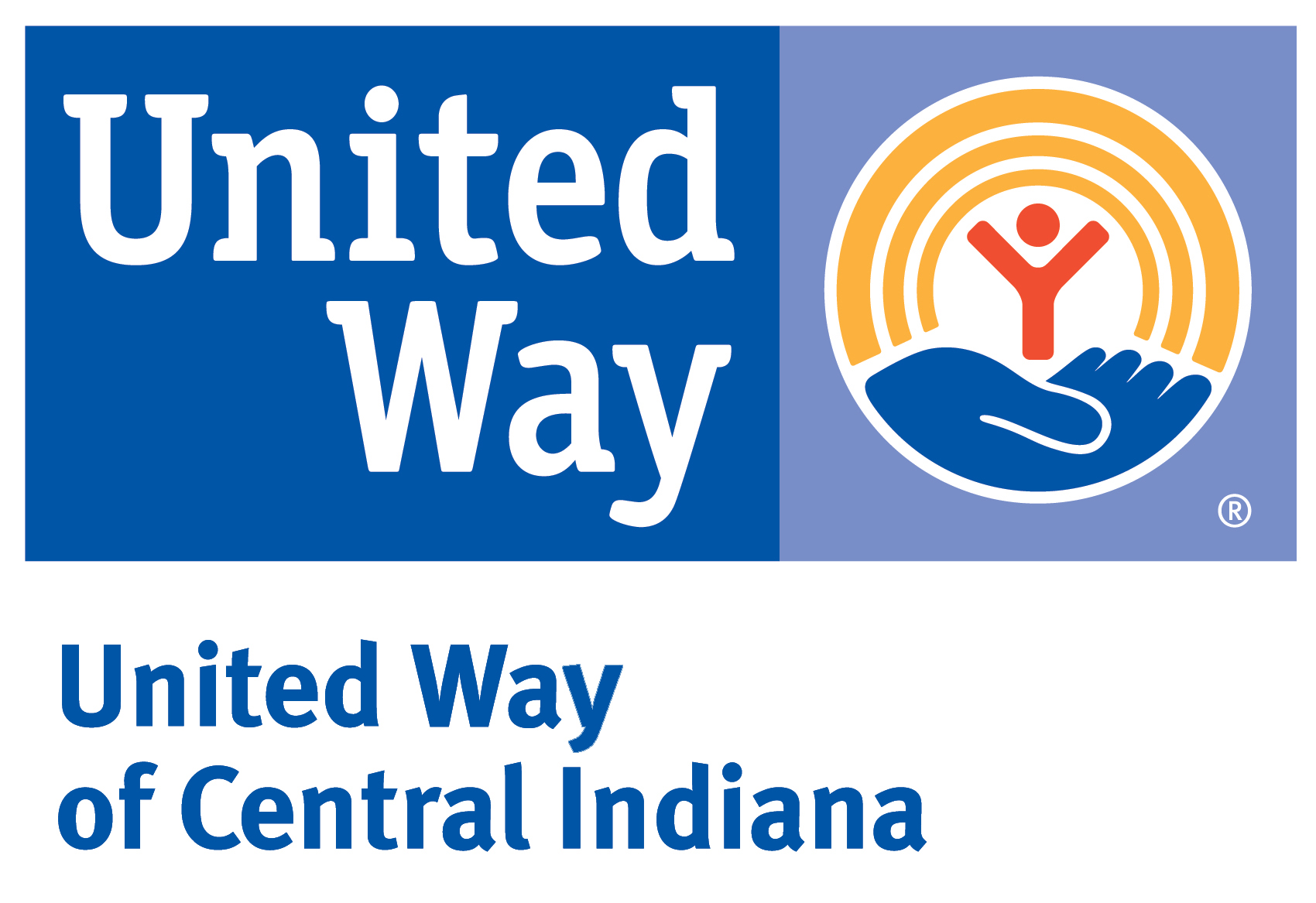Where Schools Are Changing: Regional and Neighborhood Dynamics from 2010 to 2016
SAVI Talks - November 2018Schools experiencing similar change tend to be grouped geographically, with rapidly changing schools in more urban areas, and those holding steady in racial and income change located in more suburban and rural areas.
Explore Changing Schools

Families often choose where to live based on neighborhood characteristics, especially the quality and reputation of nearby schools. But we live in a highly mobile society, in a rapidly changing region, and many of Central Indiana’s neighborhoods have seen significant change in their residents and their schools.
We used state-reported data from the 2009-2010 and 2015-2016 academic years to interpret these trends in the Indianapolis region. We performed analyses from three perspectives, 1) finding demographic changes at the school level that are indicative of neighborhood changes, 2) viewing regional trends that cut across district lines, and 3) analyzing the spatial characteristics of school change.
Key findings from this report include:
- Regionally, schools are becoming more racially diverse, have a growing share of low-income students, and have increasing graduation rates.
- Low-income student population is falling in central Indianapolis and growing in Marion County’s townships, pointing to a growing number of low-income families living in first-ring suburbs.
- Schools experiencing similar change tend to be grouped geographically, with rapidly changing schools in more urban areas, and those holding steady in racial and income change located in more suburban and rural areas.
Articles and Story Maps
Explore interactive content built on our neighborhood change research.
No Results Found
The page you requested could not be found. Try refining your search, or use the navigation above to locate the post.
Authors
Kelly Davila,
Senior Research Analyst,
The Polis Center
Matt Nowlin,
Research Analyst,
The Polis Center
Unai Miquel Andres,
GIS and Data Analyst,
The Polis Center
Event Partners



